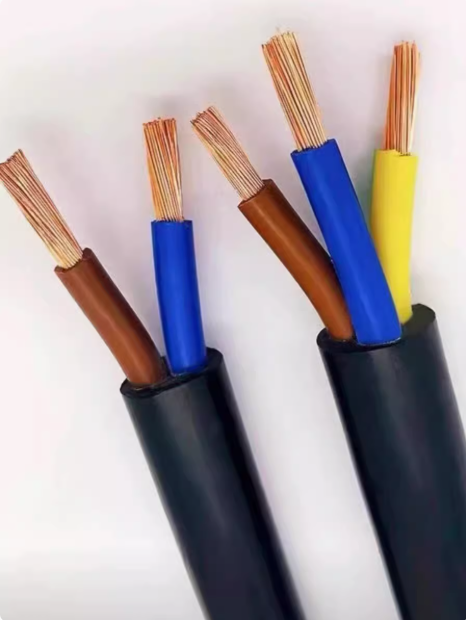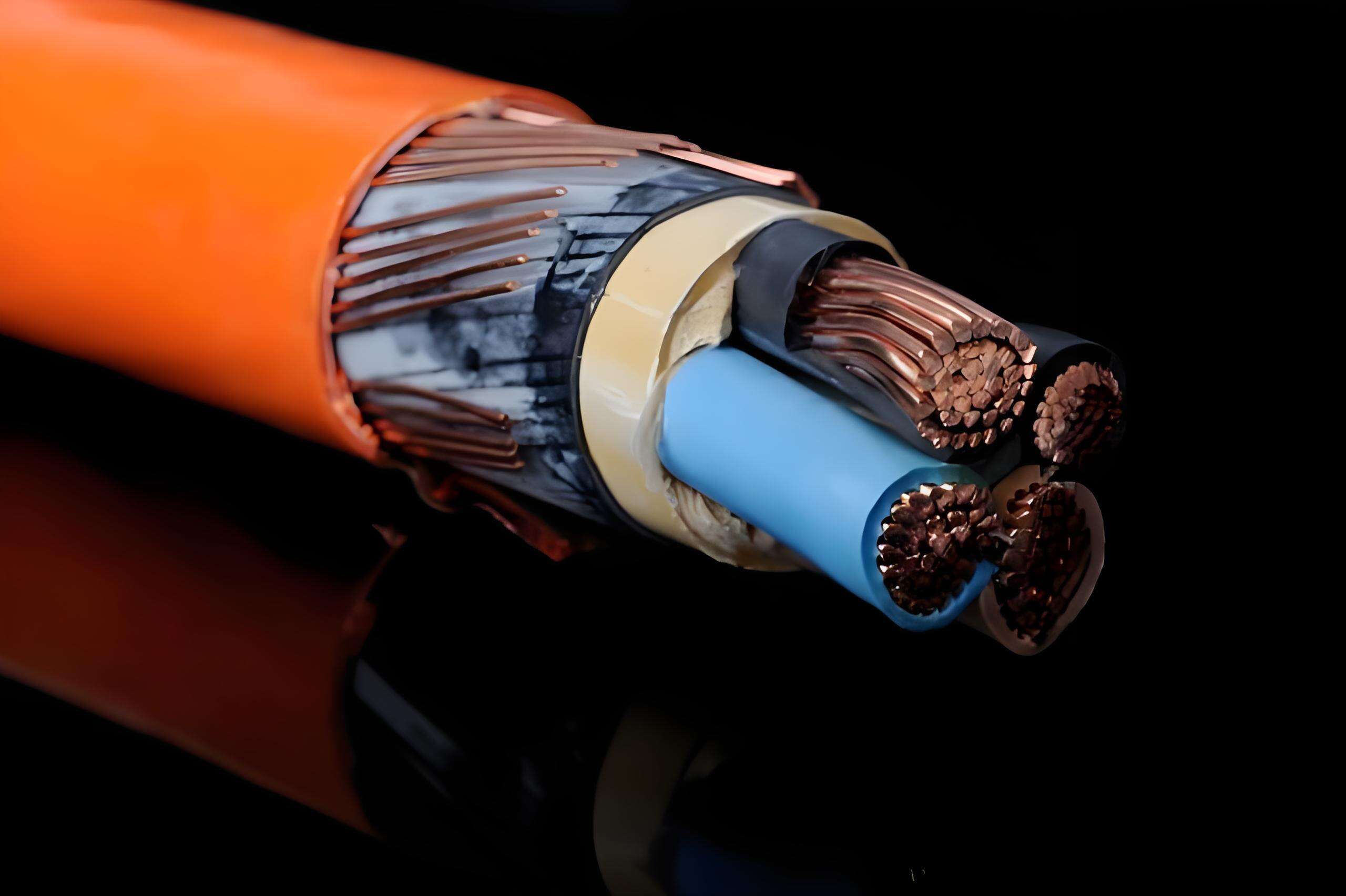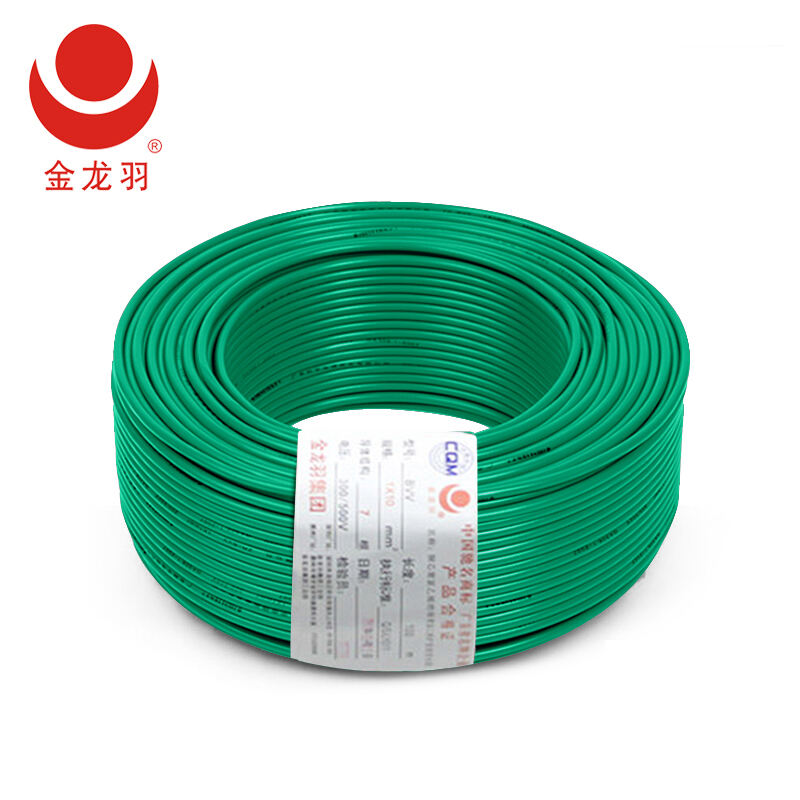Control cables for marine applications face unique challenges from saltwater corrosion, extreme temperatures, and mechanical stress, driving specialized designs to ensure reliable operation in maritime environments. These cables feature waterproof sheaths made of thermosetting elastomers or cross-linked polyethylene (XLPE), often combined with stainless-steel armor to resist abrasion and marine life damage. Tinned copper conductors prevent corrosion from salt air, while moisture-blocking gels or water-swellable tapes inhibit water migration along the cable length. Marine control cables also comply with standards like IEEE 45 and Lloyd’s Register requirements, ensuring fire resistance and low smoke emission in enclosed spaces. Flexible designs accommodate ship movements, with braided shields to minimize electromagnetic interference for sensitive navigation and communication systems. Some advanced models are rated for subsea use, with pressure-resistant constructions for depths up to several thousand meters, making them essential for offshore platforms, ships, and underwater robotics.


